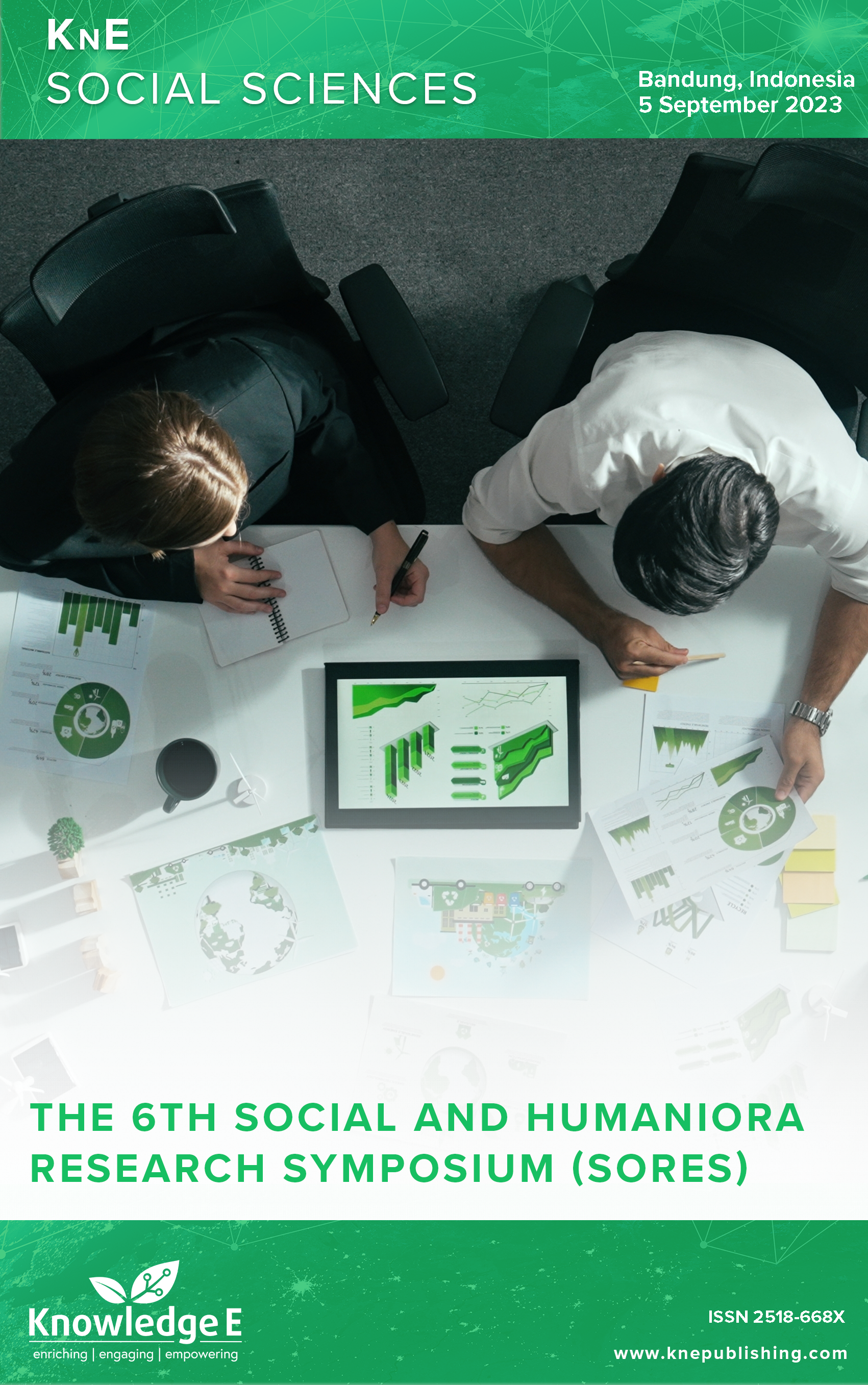Optimizing Disaster Response and Mitigation through Digital Communication, Visualization, and Jabar Command Center: A Comprehensive Analysis
DOI:
https://doi.org/10.18502/kss.v9i24.16858Abstract
Effective disaster response and mitigation requires integrating advanced technologies in an increasingly connected world. This research investigates the synergistic role of digital communication, visualization, and the Jabar Command Center ( JCC) in optimizing disaster management strategies. Focusing on the West Java region, this research comprehensively analyzes how digital communication channels enhance information dissemination, and how visualization techniques aid situational awareness during disasters. By exploring the functions of the JCC, this research assesses the effectiveness of utilizing integrated digital communication for a timely and coordinated response. The case study research method was used to analyze qualitative and quantitative data collected through observation and focus group discussions, so that this research contributes to understanding the interaction between digital communication, visualization, and disaster response to provide optimal recommendations for optimizing these components in building a resilient disaster management system. The results show the role of integrated digital communication as a key factor in disaster mitigation in today’s digital era.
Keywords: disaster management, digital communication, visualization techniques, comprehensive analysis
References
[2] Khan M, Khan M, Ali A, Khan MI, Ullah I, Iqbal M. Digitalization for fast, fair, and safe humanitarian logistics. Logistics. 2022 May;6(31):31.
[3] Permana SA. “Sistem Informasi“Jogaj Tanggap Cepat ( Jtc)” dengan Memanfaatkan Kearifan Masyarakat sebagai Informasi Ancaman Erupsi Merapi di Wilayah Cangkringan, Sleman, Yogyakarta,” Yogyakarta, 2018. Accessed: Sep. 09, 2023. [Online]. Available: http://repository.upy.ac.id/1886/
[4] Muflih M. Analisis Dan Rancangan Sistem Informasi Manajemen Kebencanaan Wilayah Kalimantan Selatan. Technologia : Jurnal Ilmiah. 2022 Jun;13(1):83–7.
[5] Nguyen MH, Gruber J, Marler W, Hunsaker A, Fuchs J, Hargittai E. “Staying connected while physically apart: Digital communication when faceto- face interactions are limited,” vol. 24, no. 9, pp. 2046–2067, 2022, https://doi.org/10.1177/1461444820985442.
[6] Sutrisno I, Sosiawan EA. Covid-19 disaster management through websites and social media regency/city government in the special region of Yogyakarta. Tourism and Sustainable Development Review. 2022 Mar;3(1):62–73.
[7] A. Parmentier-Cajaiba and G. Cajaiba-Santana, “Visual maps for process research: Displaying the invisible,” M@n@gement, vol. 23, no. 4, pp. 1–15, Dec. 2020, . https://doi.org/10.37725/mgmt.v23i4.4501.
[8] Creswell JW. Research design: Qualitative, quantitative, and mixed methods approaches. 3rd ed. Thousand Oaks, CA, US: Sage Publications, Inc; 2009.

